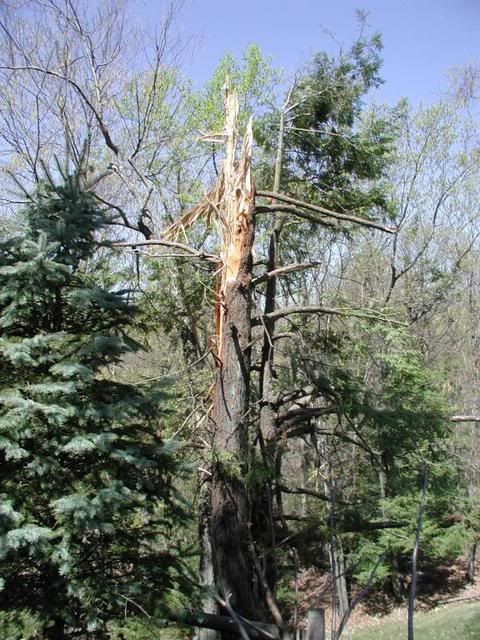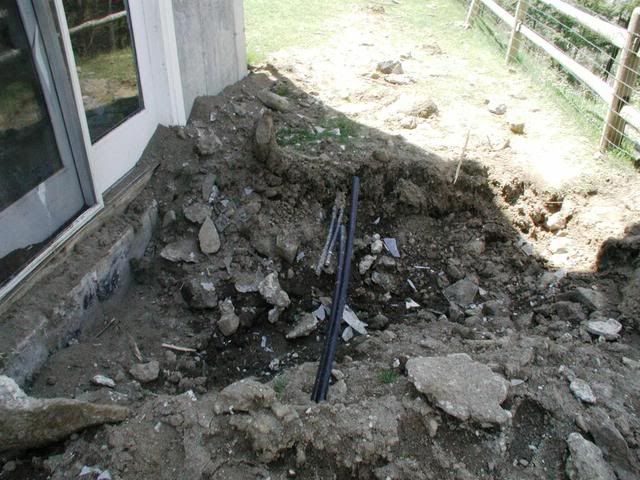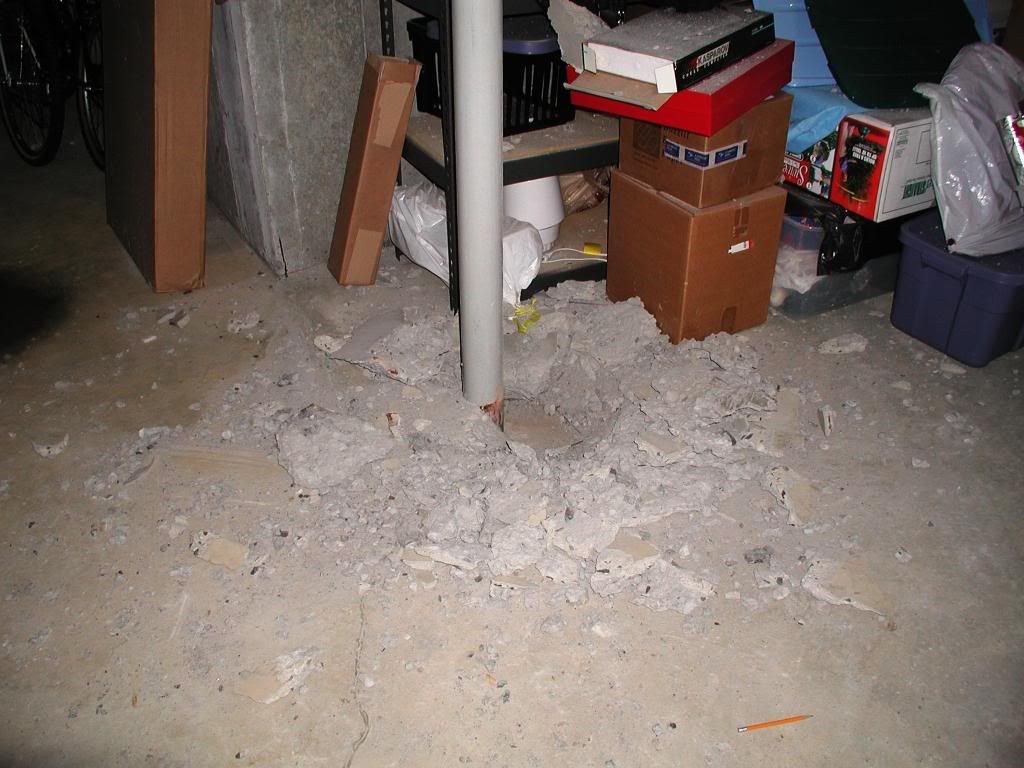electrofelon
Senior Member
- Location
- Cherry Valley NY, Seattle, WA
I am hoping to clarify and reconcile various statements about system grounding. It is clear that most of us believe that ground rods do not accompish much, if anything. Is this true for system grounding in general, or just ground rods? There have been statements by some of the grounding 'heavy hitters' on the forum that a CEE is much better than ground rods. So does this mean that as compared to a ground rod(s), a CEE is more likely to "limit voltages due to lightning, line surges, and unintentional contact with higher voltage lines"? All three? just lightning induced surges? Just trying to understand when system grounding accomplishes somthing, and what that something is most likely to be. The primary motivation for this resulted from statements made in the book "photovoltaics", by solar energy international where they make the classic mistake and state,
"A ground fauld occurs when a current carrying conductor comes into contact with the frame of chassis of an appliance...The frame or chassis of an appliance is deliberately wired to a grounding electrode...the grounding wire must be continuous, connecting every non-current carrying metal part of the installation to ground."
Although this is technically correct, it strongly implies that during a fault, the electricity will 'go to ground'. Then they have a diagram credited to home power magazine which again is technically correct but strongly implies that the power will 'go to ground'. Anyway, I feel an article to home power magazine clarifying system grounding vs equipment grounding is in order and to help get the point across, I would like to make a statement such as, "system grounding plays a very minor role in the operation of an electrical system and typically does not provide any benefit" or "system grounding with rods alone typically wil not provide any benefit" or "system grounding can provide some protection from lightning induced surges, but is unlikely to provide much benefit beyond that" You get the idea, just wondering what others think would be the best way to put it. At the very least I would state that system grounding offers no protection from when a live wire comes in contact with a chassis or frame. I feel the article would/will be very beneficial to the renewable energy community. I plan to also discuss equipment grounding, since this is not as intuitive and works a bit differently than a utility supplied system because PV is current limited. Thanks for any advice.
"A ground fauld occurs when a current carrying conductor comes into contact with the frame of chassis of an appliance...The frame or chassis of an appliance is deliberately wired to a grounding electrode...the grounding wire must be continuous, connecting every non-current carrying metal part of the installation to ground."
Although this is technically correct, it strongly implies that during a fault, the electricity will 'go to ground'. Then they have a diagram credited to home power magazine which again is technically correct but strongly implies that the power will 'go to ground'. Anyway, I feel an article to home power magazine clarifying system grounding vs equipment grounding is in order and to help get the point across, I would like to make a statement such as, "system grounding plays a very minor role in the operation of an electrical system and typically does not provide any benefit" or "system grounding with rods alone typically wil not provide any benefit" or "system grounding can provide some protection from lightning induced surges, but is unlikely to provide much benefit beyond that" You get the idea, just wondering what others think would be the best way to put it. At the very least I would state that system grounding offers no protection from when a live wire comes in contact with a chassis or frame. I feel the article would/will be very beneficial to the renewable energy community. I plan to also discuss equipment grounding, since this is not as intuitive and works a bit differently than a utility supplied system because PV is current limited. Thanks for any advice.








